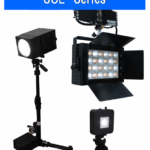When selecting a light source, it is important to choose a high-quality product by comparing offerings from different manufacturers. However, identifying a light source with reliable specifications that meet your needs can be challenging. The ideal choice depends on your evaluation criteria, as required specifications, accuracy, and performance vary by application.
The following tips can help you quickly identify a light source that is both accurate and reliable.
① Select a light source with high uniformity and the appropriate brightness metric: Luminance or Illuminance.
Uniformity of a light source is one of the most important factors to define the quality of itself. In terms of visual lights, luminance and illuminance are mainly used as photometric measures of the light intensity. Luminance describes the luminous intensity travelling from the light source in a given angle, while illuminance describes the light hitting on a surface. Luminance is mainly used to evaluate the surface light sources such as light source boxes, light guide plates, on the other hand, illuminance is used to do the illuminations such as spot lights, lamps.
Please choose the following suitable light source and illuminator for your proper camera evaluation.
| Surface light source (LSB series) | Artificial sunlight illuminator (SOL series) |
 |
 |
What we want to say here is “Choose a Light Source Measured with the Correct Unit”.
Selecting a light source measured using the appropriate photometric unit is crucial for accurate evaluation. Surface light sources, such as light boxes, should be assessed using luminance rather than illuminance. Measuring surface light sources with illuminance can produce artificially high uniformity values, which are misleading and do not reflect the true performance of the light source.
Some may intentionally use incorrect units to exaggerate the apparent uniformity of their products. Careful attention to the measurement unit ensures that you are comparing light sources accurately.
Example: Uniformity comparison of two light sources from below measured with a CA-2500 (Konica Minolta) under identical conditions using 150 points:
| Light source box | Others | Ours |
| Test Result | 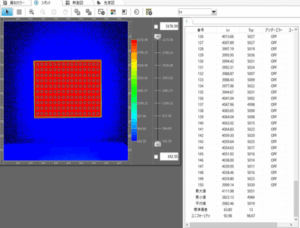 |
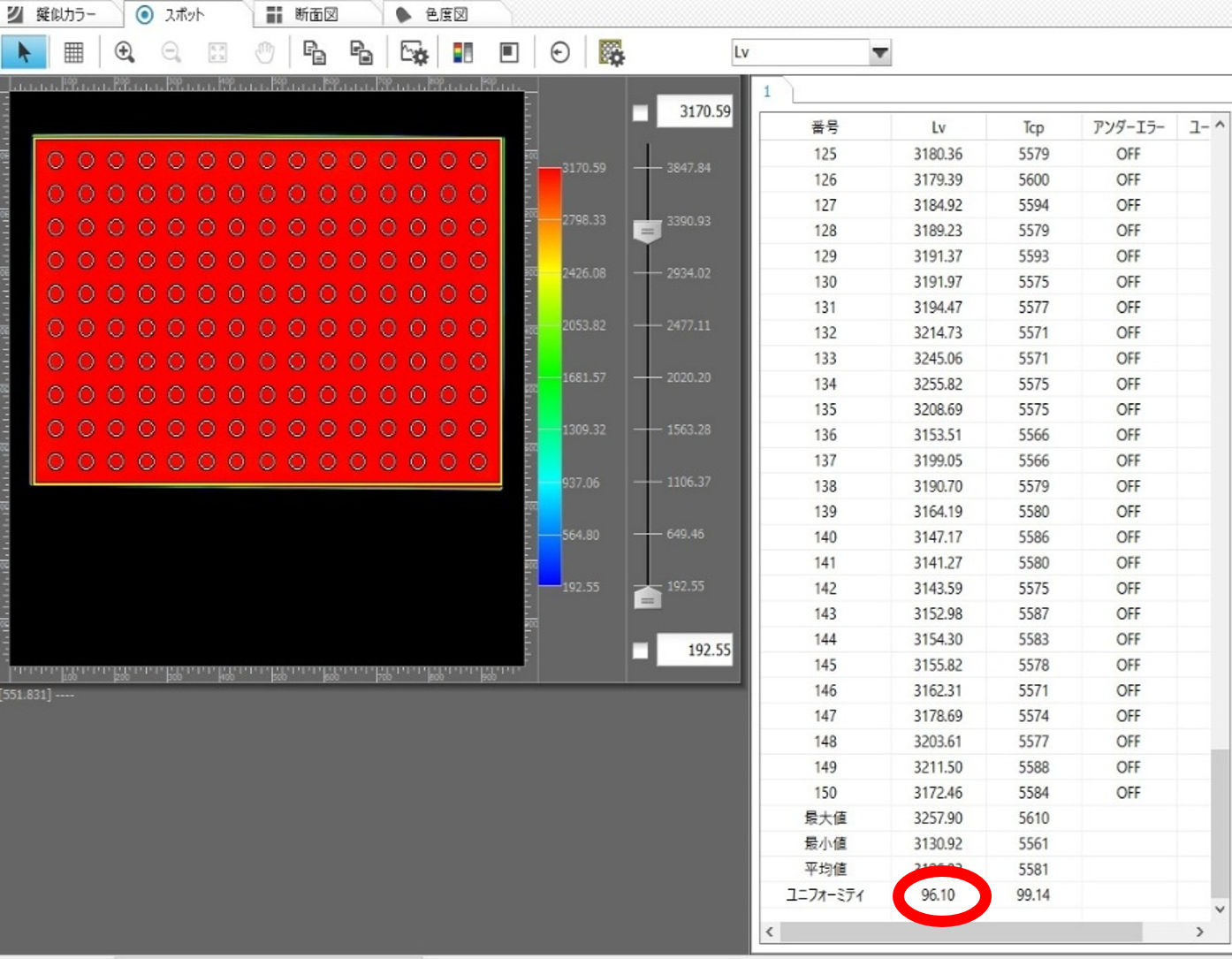 |
| Uniformity | 92.98% | 96.1% |
| Unevenness of Luminance | 7.02% | 3.9% |
| Unevenness of Illuminance | 3.9% | 2.1% |
The above result shows that both luminance and illuminance unevenness of our products are within 5%.
In addition, the results of this measurement indicate that a uniformity score based on illuminance can appear much higher than one based on luminance.
In summary: For surface light sources, measurements taken with a luminance meter provide a more accurate and rigorous assessment of uniformity than those taken with an illuminance meter.
The difference between a luminance meter and an illuminance meter is illustrated in the images below.
Luminance Measurement:
Luminance meters are ideal for evaluating surface light sources. The sensor head of a luminance meter is typically flat-shaped, allowing it to make proper contact with the surface and accurately capture the emitted light. This design ensures precise and reliable measurement of the light source’s uniformity and brightness.
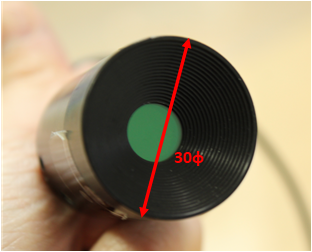 |
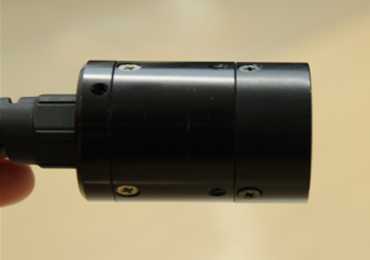 |
 |
Illuminance Measurement:
Illuminance meters are best suited for directional or irradiating light sources, such as spotlights or lamps. The sensor head of an illuminance meter is typically semi-spherical, allowing it to capture light from a wide range of angles. This design ensures accurate measurement of the total light incident on a surface.
 |
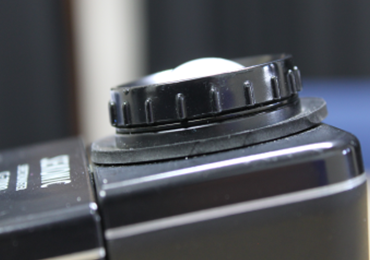 |
② Choose a Genuine High Color Rendering Light Source
The color rendering index (CRI) is used to evaluate how accurately a light source reproduces colors compared to a natural light source. The highest possible Ra score is 100, and a higher score indicates better color rendering. Typically, light sources with Ra ≥ 80 are considered to have high color rendering.
However, caution is required when evaluating CRI. The Ra value is calculated as the average of R1–R8, which represents only part of the visible color spectrum. The remaining indices, R9–R15, are referred to as Ri and represent critical colors such as RED R9. For a light source to be truly high color rendering, it should have Ra ≥ 90 and Ri ≥ 90, as defined by Tsubosaka’s quality standard.
| Regular blue excitation LED light source | |
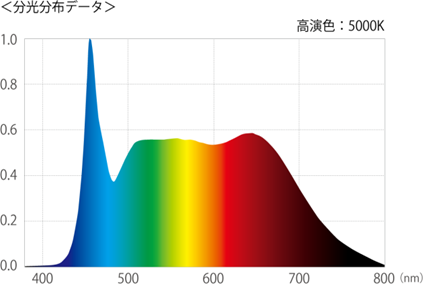 |
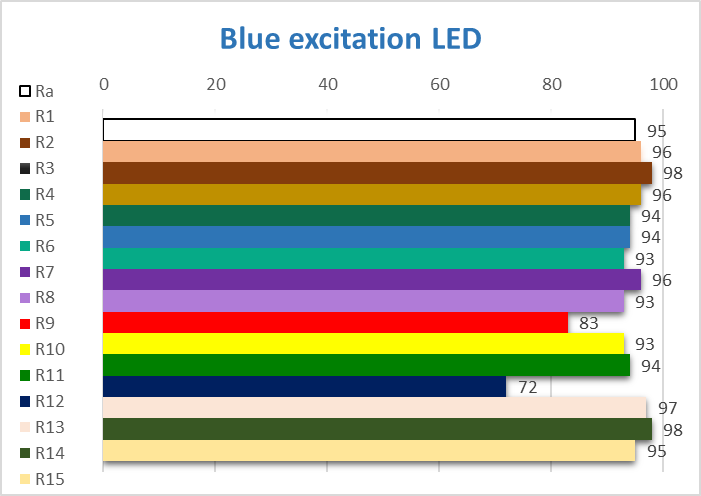 |
| Our violet excitation LED light source | |
 |
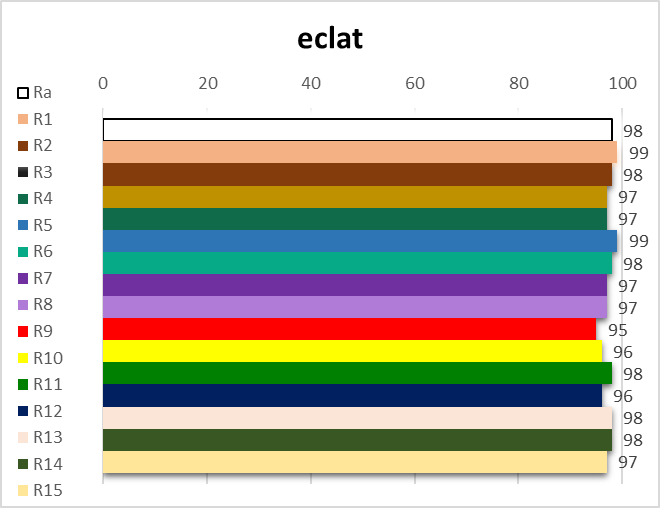 |
Regarding R9–R15 of the regular blue excitation LED, some of the values reach 90. As a result, although the Ra score may appear high (over 90), the Ri values are significantly lower, indicating poor color rendering in certain critical colors. In contrast, our violet excitation LED achieves over 95 in both Ra and Ri, providing truly high color rendering. The key point is to ensure genuine high color rendering, it is essential to evaluate both Ra and Ri, not Ra alone.
③Check the Stability of Brightness
Luminance stability is essential for accurate evaluations. Light sources must maintain a consistent intensity over time, but most light sources naturally experience fluctuations, as light output tends to decrease or increase gradually. This effect is particularly affected with LEDs, whose brightness can vary depending on ambient temperature, etc.
For example, a light source rated at certain luminance may output that value today but cannot guarantee the same output tomorrow.
To ensure consistent intensity, our light source equipped with a feedback function, which monitors the light output via an internal sensor and adjusts the intensity in real time.
The graph below compares the brightness behavior of a light source with feedback and without feedback. Both aim for the same target value (1.0):
- Non-feedback: Brightness drifts upward, stabilizing at 1.025 after 6 minutes.
- Feedback: Brightness quickly adjusts and stabilizes at the target value of 1.0 within 2.5 minutes.
This illustrates that only light sources with an effective feedback mechanism can maintain stable intensity for precise and reliable measurements.
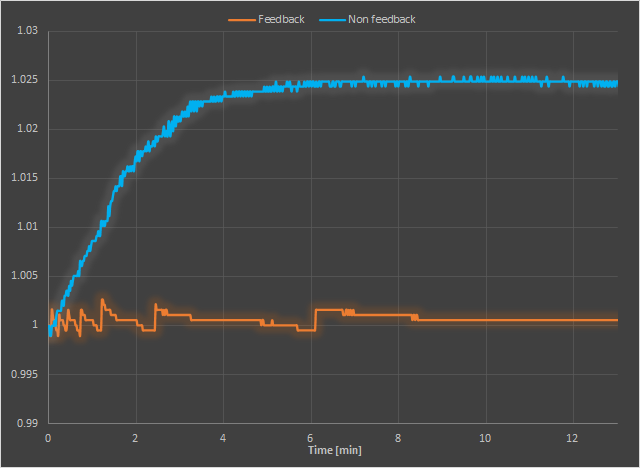
Conclusion
To select an appropriate light source, three key factors should be carefully evaluated:
- Uniformity of brightness (unevenness of both luminance and illuminance under 5%) measured with the correct unit (luminance).
- High color rendering, considering both Ra and Ri over 90%.
- Stability of brightness, ensured by a feedback function.
These are fundamental criteria for assessing light sources. Please feel free to CONTACT us for your suitable camera measurement.
